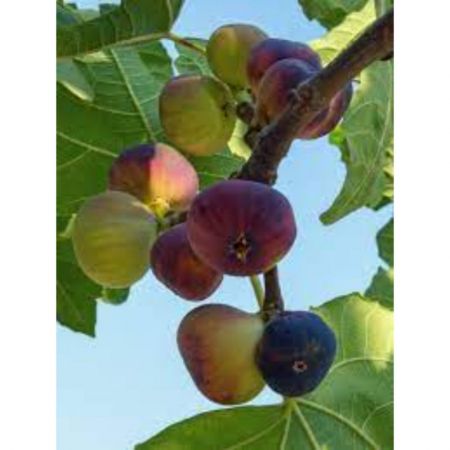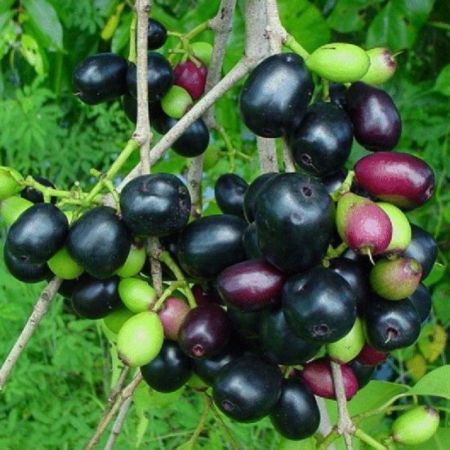Noni Fruit Plant with nursery cover
Noni trees can grow in a variety of soil types, but they prefer well-draining soil that is rich in organic matter. They tolerate mildly alkaline to slightly acidic soil and can grow in poor soils, making them resilient in diverse growing conditions. Watering: Noni trees need regular watering, especially in dry periods. However, they should not be overwatered, as they are susceptible to root rot in waterlogged soils.
₹ 249.00
₹349
(Inclusive of all taxes)
-

No Warranty
-

COD Not Avilable
-

Non Returnable
-

cancelable
About this item
Made In: India
Scientific Classification:
- Scientific Name: Morinda citrifolia
- Common Name: Noni, Indian Mulberry, Beach Mulberry, Noni fruit
- Family: Rubiaceae
- Genus: Morinda
- Native Region: Native to Southeast Asia, Australia, and the Pacific Islands, but now grown in tropical regions worldwide.
2. Plant Description:
- Size: The Noni plant is a shrub or small tree that typically grows between 3 to 10 meters (10 to 30 feet) tall, depending on growing conditions.
- Leaves: The leaves of the Noni plant are large, glossy, and oval-shaped, with prominent veins. They grow in a spiral arrangement along the stem.
- Flowers: Noni flowers are small, white, and clustered together in dense, cone-shaped inflorescences. The flowers are fragrant and attract pollinators like bees and butterflies.
- Fruit: The fruit of the Noni plant is elliptical or oblong in shape, typically around 10–15 cm (4–6 inches) long. It starts out green and ripens to a yellowish-white or light greenish-yellow color when mature. The skin of the fruit is covered in bumpy, lumpy protuberances.
- Smell: One of the most notable features of the Noni fruit is its strong, pungent odor, which many people find unpleasant. The smell is often compared to rotten cheese, although the fruit's taste is bitter and slightly sweet when consumed.
0 Review Of Product Noni Fruit Plant with nursery cover











.png)
